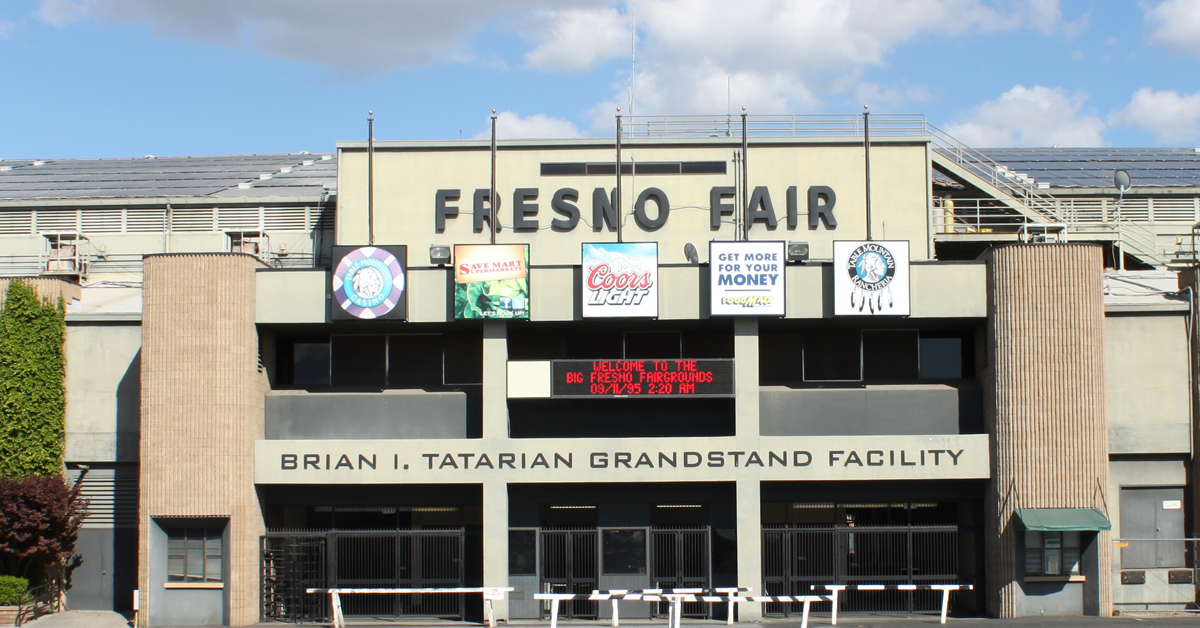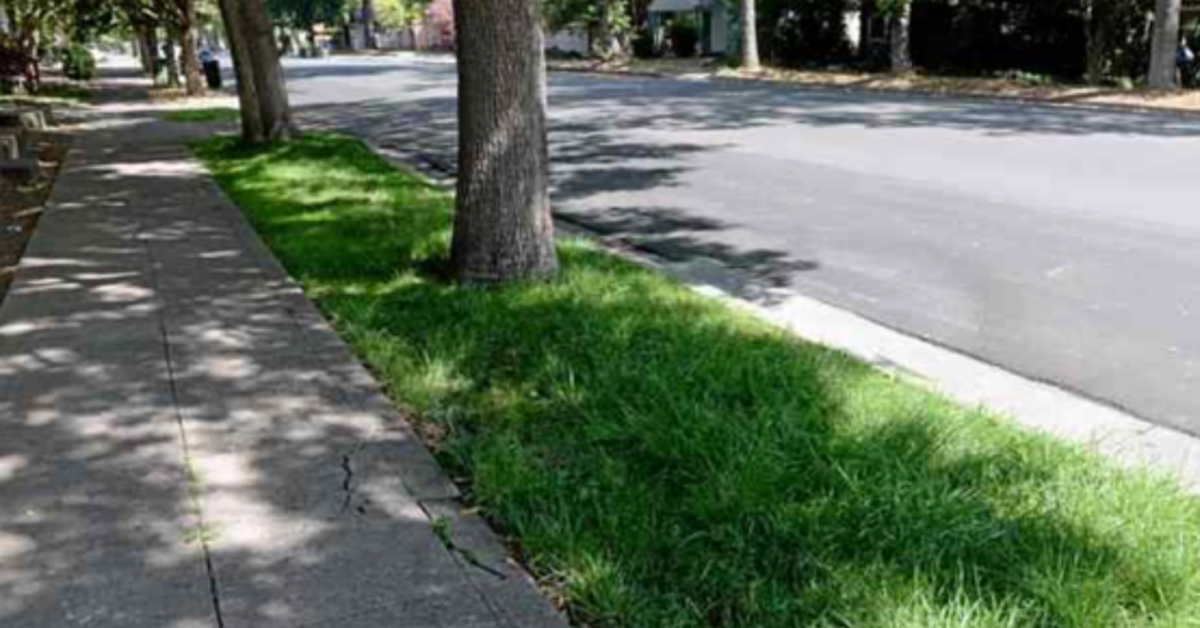After weeks of cajoling, Gov. Gavin Newsom issued a proclamation of a state of emergency on California’s ever-worsening drought.
The proclamation expands his earlier two-county drought declaration for Mendocino and Sonoma counties to include 41 of the state’s 58 counties – including San Joaquin Valley counties that touch the Sacramento-San Joaquin Delta and the Tulare Lake watersheds.
The proclamation came just before he joined Rep. Jim Costa (D–Fresno), Sen. Anna Caballero (D–Salinas) and Asm. Adam Gray (D–Merced) at San Luis Reservoir to announce $5.1 billion in spending on a water resiliency portfolio.
Where will that sum go? Newsom didn’t specify at his San Luis press conference and no questions from local press sought to clarify concrete details.
However, his administration subsequently released the following spending breakdown:
- $1.3 Billion for Drinking Water/Wastewater Infrastructure especially for small and disadvantaged communities.
- $150 Million for Groundwater Cleanup and water recycling to improve climate resilience.
- $300 Million for SGMA Implementation to improve water supply
- security, water quality, and water reliability.
- $200 Million for Water Conveyance to address subsidence and rising cost of moving water through the Friant-Kern Canal, the Delta-Mendota Canal, the California Aqueduct, and the San Luis Canal.
- This funding coincides with a push from Reps. Jim Costa (D–Fresno) and Josh Harder (D–Turlock), and Sen. Dianne Feinstein (D–Calif.) to authorize $653 million in spending for conveyance repair.
- $220 Million for Salton Sea to maximize habitat outcomes and provide immediate economic relief to the community.
- $140 Million for Flood to reduce flood risk for 1.1 million people and over $100 billion of assets.
- $200 Million for Oroville Pump Storage to increase clean electricity generation to improve grid reliability.
- $60 Million for State Water Efficiency and Enhancement (SWEEP) in grants to help farmers reduce irrigation water use and reduce greenhouse gas emissions from agriculture pumping.
- $91 Million for Data Collection to improve forecasting.
- $27 Million for emergency and permanent solutions to drinking water drought emergencies.
- $500 Million for Multi-benefit Land Repurposing to support growers.
- $300 Million for Drought Relief and Urban Water Management Grants for approximately 2,400 small community water systems that serve schools and all of California’s 58 counties as they plan for drought and potential water shortages.
- $33 Million for fisheries and wildlife to protect and conserve California’s diverse ecosystems.
- $266 Million for Water Resilience Projects to improve ecosystem health for native fish in the Sacramento and San Joaquin rivers and their tributaries.
- $230 Million for ecosystems to improve passage for wildlife or fish.
- $200 Million for Habitat Restoration and multi-benefit projects including tidal wetland, floodplain, and flood-risk reduction projects to restore fish and wildlife habitat.
Declaration a mixed bag for Valley agriculture
Newsom’s declaration orders the state Department of Water Resources and State Water Resources Control Board to expedite review of water transfer requests, forbearance agreements, and water exchanges to “areas of need.”
“Specifically, the Department of Water Resources and Water Board shall prioritize transfers that retain a higher percentage of water in upstream reservoirs on the Sacramento, Feather, and American Rivers for release later in the year,” the order reads.
Newsom’s order also includes a provision with potential to rankle the state’s water industry: “If necessary, the Department of Water Resources shall request that the Water Board consider changes to water rights permits to enable such voluntary movements of water.”
Though an emergency measure, water experts worry about the long-term implications of state bureaucrats shifting water rights in the midst of an historic drought and beyond.
The order also empowers the State Water Board to consider emergency regulations to curtail water diversions “when water is not available at water right holders’ priority of right or to protect releases of stored water.”
The proclamation also orders the Department of Fish and Wildlife to evaluate minimum instream flows in both the Klamath River and Sacramento-San Joaquin Delta watershed for fish populations. As the order reads, should voluntary measures fail to ensure flows are reaching necessary minimums, the Water Board and Fish and Wildlife can consider emergency regulations to establish drought minimums on flows.
The order also authorizes the Department of Water Resources to expedite its evaluation and implementation of pump-back delivery of water via the State Water Project from areas of high water supply to those of low water supply.
Hoping to stave off a repeat of disadvantaged San Joaquin Valley communities running out of groundwater resources for drinking and bathing water, the order also calls on the two state water agencies and the Office of Emergency services to support local government agencies in identifying shortages proactively, though offers few concrete paths to finding supplies.
Read the proclamation
12:49 p.m: After rolling out a drastic spending plan for the state’s $38 billion discretionary surplus, Gov. Gavin Newsom is headed to the San Joaquin Valley on Monday afternoon to discuss the state’s drought response.
The visit is an element of Newsom’s week-long budget roll-out. His office said the announcement will be tailored to the state’s short and long-term needs.
Newsom will hold a press conference from Merced County at 2:15 p.m.
It is not immediately clear if Newsom will declare a statewide drought emergency, despite considerable clamor by local, state, and Federal officials to do so and expand water transfers to maintain the state’s agricultural production.
This story will be updated.










